Climate Change in Australia
Climate information, projections, tools and data
Future Climate Scenarios
Future climate change, climate impacts, climate change adaptation and emissions mitigation can be viewed from different perspectives, each with their own characteristics. Here we look at three main perspectives, or different ‘lenses’ that can be used. These are also called ‘dimensions of integration’.
Traditionally, climate change projections have been provided for selected future time horizons based on standardised sets of scenarios describing plausible changes in human influence on the system (mainly emissions of greenhouse gases, but also aerosol emissions, land use change, etc.).
This framework of scenarios and time horizons has been extremely useful for informing planning for different decision horizons and risk tolerances.
However, there are other ways that climate projections can be framed.
See the page on ‘lenses’ to discover more about three such framing approaches
- The traditional approach based on emissions pathways for greenhouse gases and time horizons,
- Using levels of global warming relative to the pre-industrial climate (such as the 1.5 and 2 °C limits referred to in the 'Paris Agreement'), and
- Cumulative global carbon emissions, based on the clear and linear relationship between the total amount of carbon dioxide emitted since the Industrial Revolution and changes in global temperature. This lens is most useful to relate climate change to the carbon ‘budget’ and related questions.
Page updated 19th May 2025



